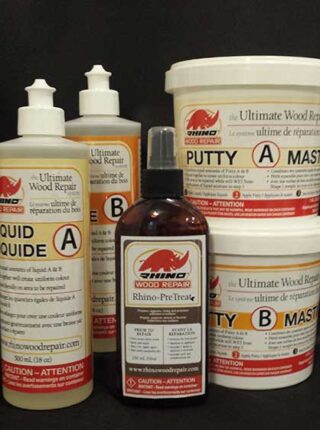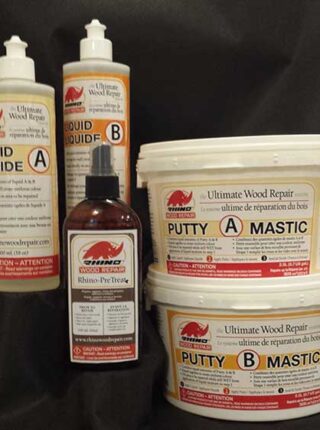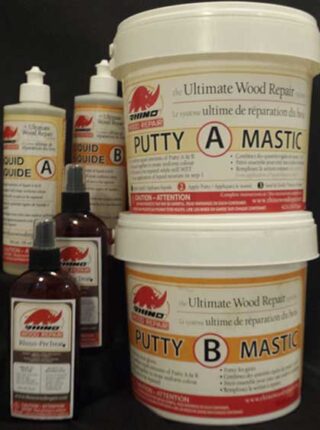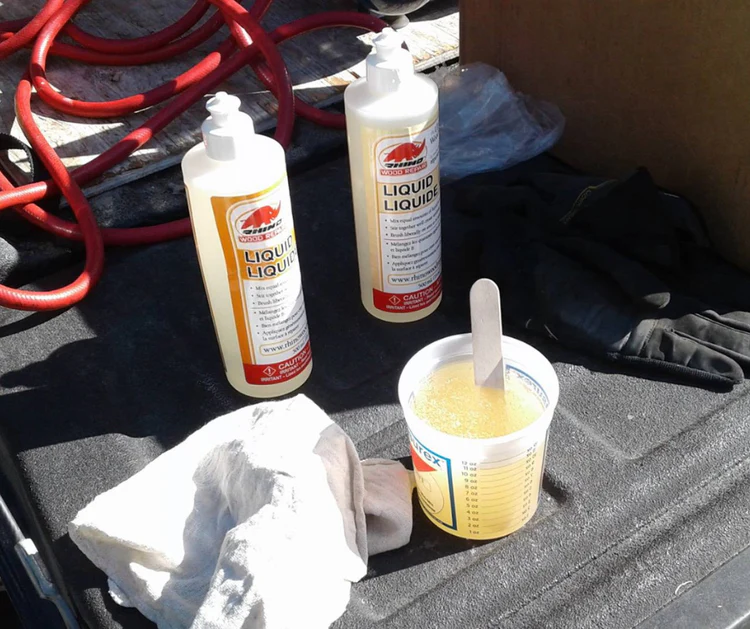
RESTORATION PROJECTS
Wood Epoxy
Rhino Wood Repair offers a range of epoxy products, tailored to elevate your wood restoration projects, ensuring durability, longevity, and protection. Companies seeking to enhance the beauty and integrity of their wood surfaces choose Rhino Wood Repair for our premium epoxy formulations and expertise in log homes, cabins, heritage structures, and all wood restoration endeavours.
Who Our Wood Epoxy Products Are For:
Log Home Owners and Restoration Companies
Our Wood Epoxy products offer a lifeline for log home owners and restoration companies seeking to preserve log cabins and homes. Designed to withstand the elements of nature, our epoxy formulations seamlessly repair cracks, reinforce joints, and fortify wood surfaces against decay. Log home enthusiasts and restoration professionals alike rely on our Wood Epoxy solutions to breathe new life into cherished log structures.
Heritage Restoration Companies
Our Wood Epoxy products are essential tools for companies specializing in heritage restoration, which involves preserving old buildings and structures with historical significance. These companies often work on restoring historic landmarks, architectural masterpieces, and cultural heritage sites. Our Wood Epoxy solutions are crafted to meet the high standards required for heritage conservation projects.
Commercial and Residential Wood Repair Use
Beyond log homes and heritage restoration, our Wood Epoxy products find widespread application in both commercial and residential settings. From repairing damaged furniture to reinforcing structural components in commercial buildings, our epoxy formulations offer versatile solutions for a wide range of wood repair needs. Contractors, homeowners, and woodworking enthusiasts alike trust our Wood Epoxy products.
Wood Epoxy
Top Rated Products
Frequently Asked Questions
How to Apply Epoxy to Wood
Applying epoxy to wood is a straightforward process that involves the following steps:
- Prepare the wood surface by cleaning and sanding it to remove any dirt, debris, or previous finishes.
- Mix the epoxy resin and hardener according to the manufacturer’s instructions.
- Apply the epoxy mixture to the wood surface using a brush, roller, or spatula, ensuring even coverage.
- Allow the epoxy to cure according to the recommended drying time, typically 24-48 hours, depending on the product and environmental conditions.
How to Remove Epoxy From Wood
Removing epoxy from wood can be challenging but is possible with the following methods:
- Use a heat gun or hairdryer to soften the epoxy, making it easier to scrape off with a putty knife or scraper.
- Apply a solvent such as acetone or denatured alcohol to dissolve the epoxy, then wipe it away with a cloth.
- Sand the wood surface to remove the epoxy, starting with coarse-grit sandpaper and gradually moving to finer grits until the epoxy is completely removed
How to Use Epoxy Resin on Wood for Beginners
Using epoxy resin on wood for beginners requires patience and attention to detail. Here are some tips:
- Start with a small project to practice mixing and applying the epoxy resin.
- Follow the manufacturer’s instructions carefully when mixing the resin and hardener to ensure proper curing.
- Apply the epoxy resin in thin layers, allowing each layer to cure fully before applying the next.
- Use a torch or heat gun to remove air bubbles from the epoxy surface for a smooth finish.
- Experiment with different techniques and finishes to achieve the desired result, and don’t be afraid to ask for advice or seek out tutorials for guidance.
How to Fill Cracks in Wood with Epoxy
Filling cracks in wood with epoxy is an effective way to reinforce and repair damaged wood surfaces. Here’s how:
- Clean the crack thoroughly to remove any debris or loose material.
- Mix the epoxy resin and hardener according to the manufacturer’s instructions.
- Apply the epoxy mixture to the crack, using a syringe or putty knife to ensure thorough coverage.
- Allow the epoxy to cure fully, then sand the surface smooth to blend it with the surrounding wood.
- For larger cracks or voids, consider using a filler material such as sawdust or wood shavings mixed with epoxy to create a strong and durable repair.
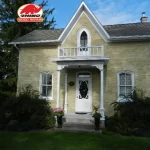 Frequently Asked Questions
Frequently Asked Questions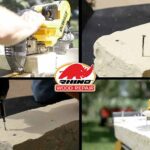 Videos
Videos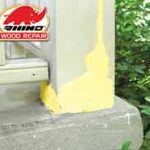 Colourful Chemist cooks up wood-repair product
Colourful Chemist cooks up wood-repair product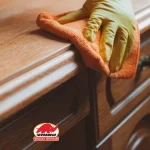 Custom Adhesive Epoxies & Formulations
Custom Adhesive Epoxies & Formulations THE SIMPLE SOLUTION TO A DIFFICULT PROBLEM.
THE SIMPLE SOLUTION TO A DIFFICULT PROBLEM.
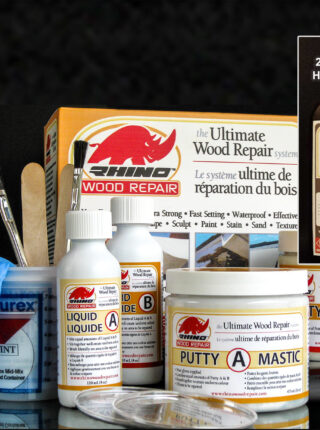
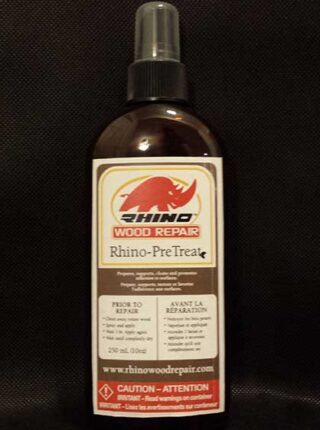
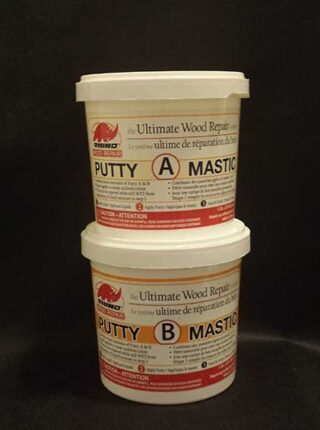
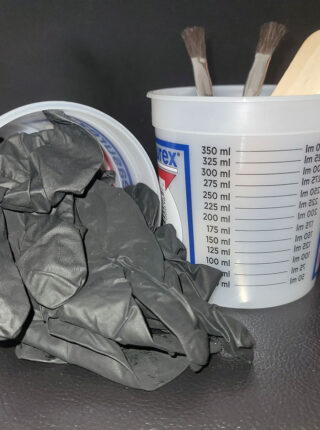
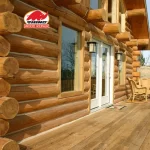 Rhino Wood Repair for Log Homes Looking to combat wood rot on your log home? Enter Rhino Wood Repair — the vanguard of wood restoration, with a legacy spanning over three decades. Led by Robin Pixner, a visionary in the field of wood preservation, our mission is simple yet profound: to breathe new life into aging wood, to fortify its strength, and to ensure that the legacy of log homes endures for generations to come.
Rhino Wood Repair for Log Homes Looking to combat wood rot on your log home? Enter Rhino Wood Repair — the vanguard of wood restoration, with a legacy spanning over three decades. Led by Robin Pixner, a visionary in the field of wood preservation, our mission is simple yet profound: to breathe new life into aging wood, to fortify its strength, and to ensure that the legacy of log homes endures for generations to come.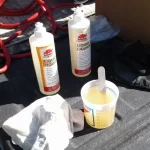 Wood Epoxy
Wood Epoxy
